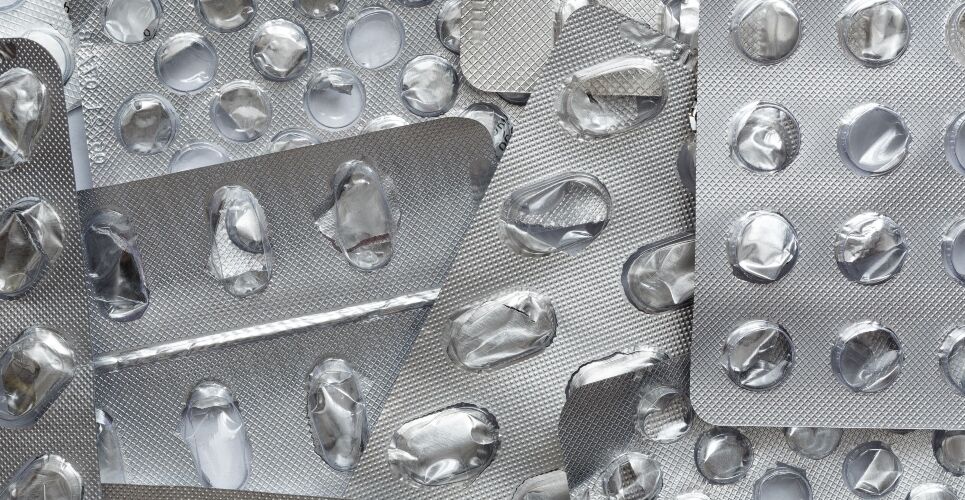Shortages of medicines and medical devices are a matter of great concern to healthcare professionals, says Tiene Bauters PharmD PhD as she offers her take on tackling this issue in Europe to maintain a strong medicines supply.
Incidences of medicine and medical device shortages have risen exponentially in recent years, affecting all EU member states, and evidenced by the results of several surveys undertaken by the European Association of Hospital Pharmacists (EAHP).
It goes without saying that shortages of essential, lifesaving and commonly used medicines affect patient outcomes and safety. Delays to treatment can significantly impact the patient healthcare continuum, potentially leading to disease progression, worsening of symptoms, emotional distress, higher costs for social security systems, and more out-of-pocket expenses for patients.
The causes of medicine shortages are complex and multifaceted. They are often general and can differ from country to country. They mainly include issues around manufacturing, commercial decisions by marketing authorisation holders, supply and production capacity.
The European Medicines Agency (EMA) reports information on medicine shortages that affect, or are likely to affect, more than one EU country. It has assessed these deficits and provided recommendations, with its website providing public information on ongoing and resolved shortages and links to national registers.
What’s been done about shortages?
A number of initiatives have been implemented at a European level over the last few years.
In 2022, the Executive Steering Group on Shortages and Safety of Medicinal Products was established to ensure a robust response to medicine supply issues caused by major events or public health emergencies.
The first version of a list of critical medicines was published in 2023, with the aim to prevent disruption and help track EU manufacturing capacity and ensure the security of supply and availability of critical medicines at the EU level.
This list, containing human medicines where the continued supply is considered a priority in the EU, includes over 200 active substances, including innovative and generic medicines covering a wide range of therapeutic areas. Medicines on this list will be handled with priority to strengthen their supply chains and minimise the risk of supply disruptions.
In 2023, the EMA established the Executive Steering Group on Shortages of Medical Devices to ensure a robust response to supply issues with medical devices caused by public health emergencies, putting in place measures to prevent and correct medical device shortages within the EU.
In the near future, the European Shortages Monitoring Platform will be created to facilitate the collection of information on shortages and the supply and demand of medicinal products, including information from marketing authorisation holders in the EU and the European Economic Area. This platform is expected to be operational by early 2025.
To better understand the problem in European hospitals, the EAHP conducted pan-European surveys in 2013, 2014, 2018, 2019 and, most recently, the EAHP 2023 Shortage Survey Report, which also included medical devices. All of the results highlighted the far-reaching consequences of medicines shortages in daily practice.
The EAHP has also published its 2024 medicines and medical device shortages position paper, outlining the nature of the problem and the activities required by each part of the supply chain to resolve it. The paper calls for a European-wide investigation to define the causes and improve communication between stakeholders.
And what is recommended?
A patient-centred, holistic approach to mitigating shortages, which highlights the need for multi-stakeholder collaboration and harmonised information exchange and feedback, is crucial, as stated by the EAHP. Sharing best practices and implementing support on shortage management strategies between all supply chain stakeholders is vital for patient safety.
Timely notification of shortages among producers, supply chain actors, national and European regulators and healthcare professionals is urged, as is the implementation of medicines and medicinal devices procurement models not based solely on a ‘winner takes all’ concept.
Regardless of the cause, shortages are an immediate call to action for pharmacists to look for alternatives to ensure patients’ optimal treatment.
We cannot deny that the impact on the pharmacy workload is high, and collaborative working on a national and European level is paramount to handling current shortages and better preparing for future challenges.
Author
Tiene Bauters PharmD PhD
Pharmacy, Pediatric Hematology, Oncology and Stem Cell Transplantation, Ghent University Hospital, Ghent, Belgium

